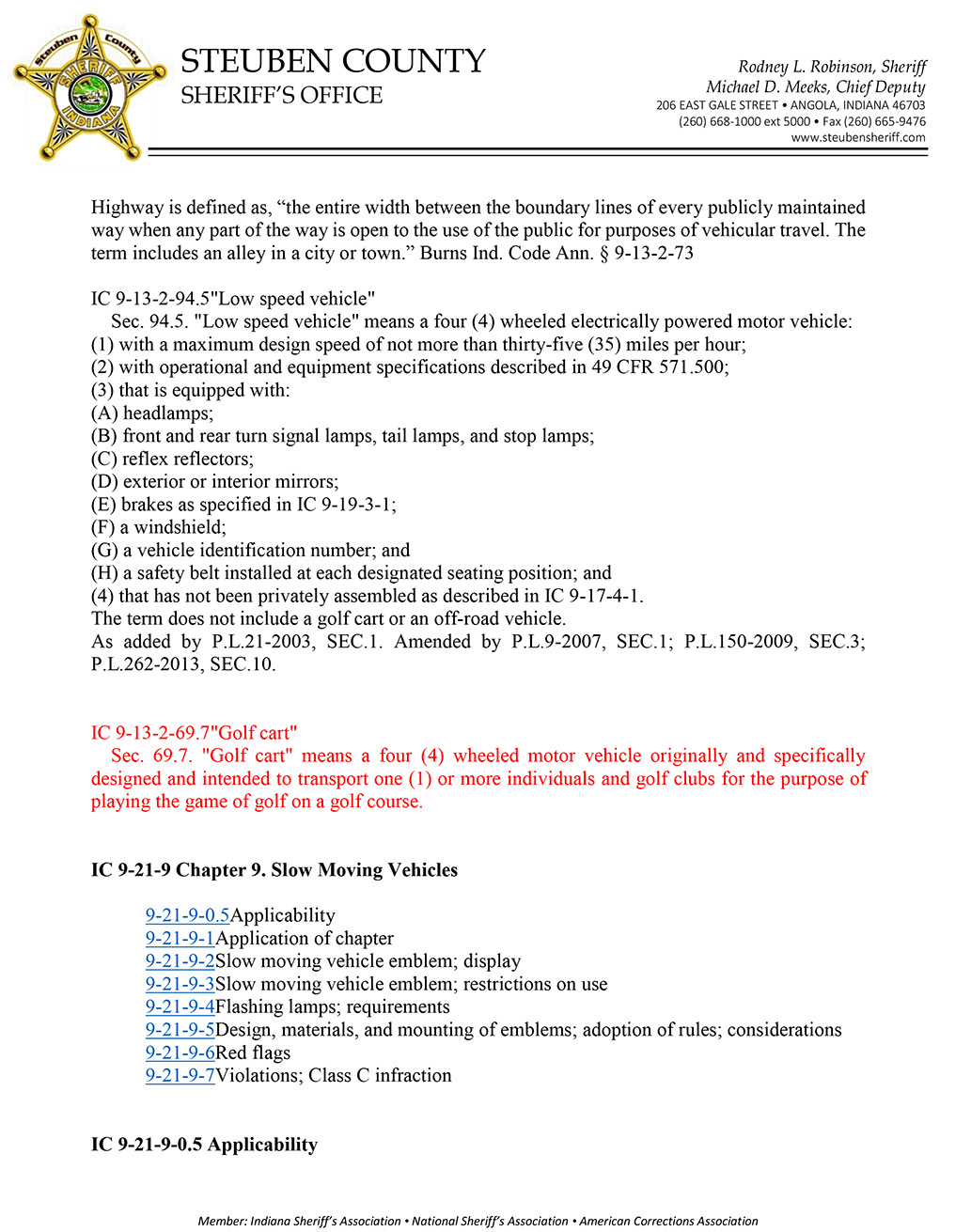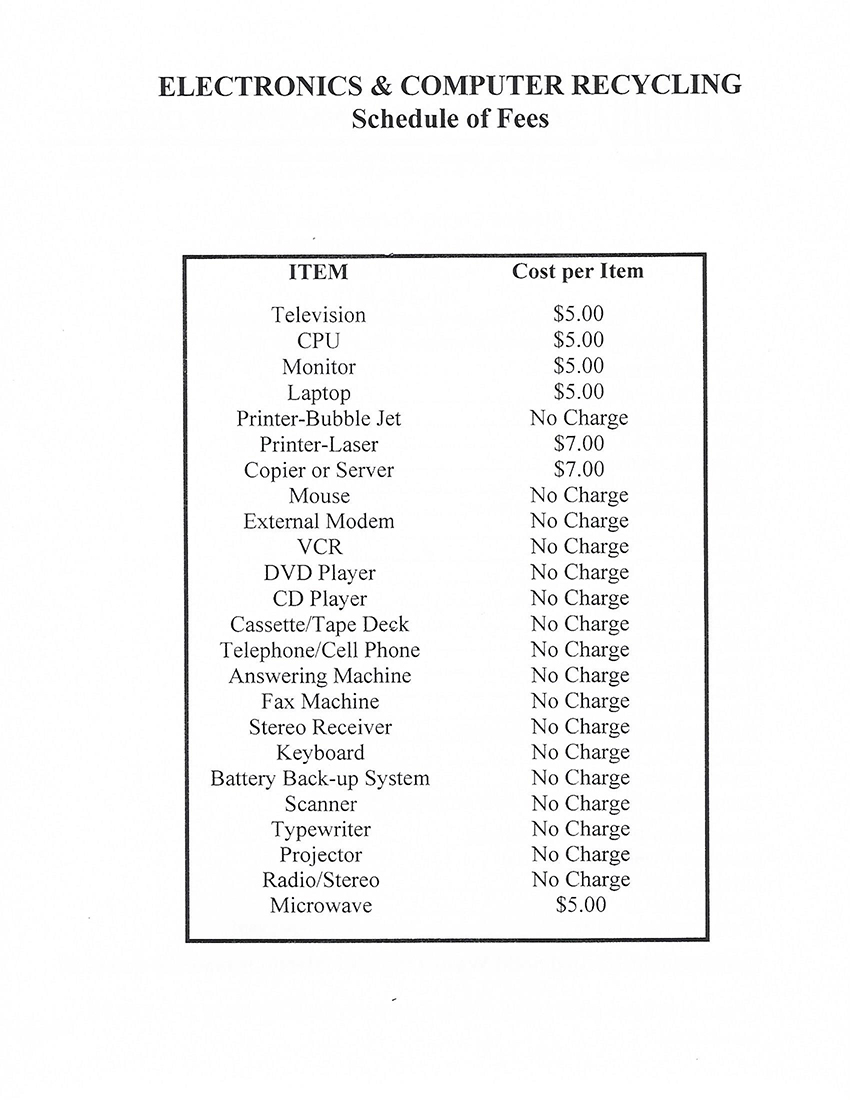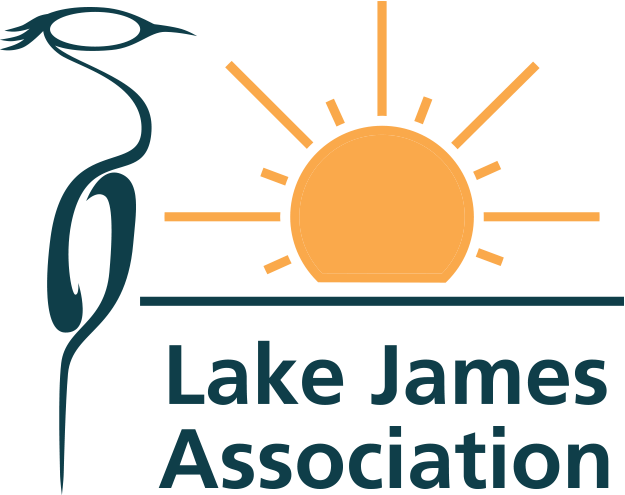LAKE ENVIRONMENT
Steuben County Golf Cart and Fireworks Rules






The Mute Swan In Indiana




Northeast Indiana Solid Waste Management District


E10 Fuel NOT Safe for Marine Engines
In a move to help the environment – but will possibly cause headaches for boaters is using E10 fuel blends which is now being sold widespread at public gas stations. It is an unnecessary and costly hardship that consumers seem to only become knowledgeable of E10 ethanol blend fuels after the damage has been done to their engines.
Ethanol is a sustainable replacement for fossil fuels, created by fermenting sugar or converted starch from corn. Blended with gasoline, ethanol boosts octane, creating cleaner combustion without additives.
On the boater’s side, ethanol has a greater capacity for water absorption, which could mean trouble for boaters. Temperature fluctuations from leaving a vessel unused or in storage cans cause condensation within the gas tank, which the ethanol will then absorb. Marine problems are caused when ethanol absorbs excess moisture from the water. This can cause fuel to degrade in less than a month and, in rare cases, the ethanol may even separate from gasoline. Excessive deposits can develop in hotter burning engines, decreasing fuel economy, reducing power output and potentially causing power head failure. If phase separation occurs, the fuel tank should be pumped out, cleaned, and fresh fuel pumped in. Do not try to re-use phase separated gasoline. Some fear that exposure to ethanol-blend gas can deteriorate fuel systems.
Frequently inspect fuel lines, and promptly replace any that show leakage, softening, hardening, swelling or corrosion. Ethanol blended fuel shouldn’t be mixed with older gas. Boaters should make sure their tanks are dry, clean and free of water before fueling with an ethanol blend. Mixing regular gasoline with ethanol can create a thick, non-combustible substance that will clog filters and shut down an engine. Ethanol also acts like a cleaning agent and can loosen varnish buildup in an engine or tank. On top of all this, ethanol might be a worse pollutant than gas. A new study conducted by Stanford University suggests that burning ethanol creates more smog and ozone, causing about 200 more deaths from respiratory problems each year.
Dick Spake/Safety Director
Wildlife
NUISANCE CANADA GOOSE MANAGEMENT
The Indiana DNR has provided new information about Canada goose management. The following are excerpts from the DNR web site at www.in.gov/dnr/fishwild/hunt/geese/.
Regulations and Community Actions
New rules went into effect in September 2006. The Indiana Division of Fish and Wildlife will still issue permits for agricultural depredation and trapping activities concerning resident Canada geese. However, landowners and managers of public lands can register online directly with the United States Fish and Wildlife Service at www.fws.gov/permits/mbpermits/gooseeggregistration.html to receive permission for egg and nest destruction activities. An annual report must be filed by October 31 of the same calendar year the nest and egg destruction was completed, by logging onto www.fws.gov/permits/mbpermits/gooseeggregistration.html. If no report is filed, the landowner could be denied permission in future years. Nest and egg destruction permits will no longer be issued through the Indiana Division of Fish and Wildlife.
Nest and Egg Destruction
It is against federal law for anyone to destroy a Canada goose nest that contains one or more eggs without first securing permission through the United States Fish and Wildlife Service. Permission may be received by registering online at www.fws.gov/permits/mbpermits/gooseeggregistration.html. Landowners must register each employee or agent working on their behalf. Once registered, egg treatment or nest destruction can occur. Be cautious if attempting to conduct these activities yourself as Canada geese are very aggressive during the nesting period and may attack a person coming close to their nest. The only two methods of nest and egg destruction that are approved is the oiling of the eggs and the complete removal of the eggs and nest. The eggs can be treated by using food grade corn oil only and placed back in the nest. This will trick the goose into sitting on the eggs for an extended time, but they will not hatch. The oil blocks the pores on the eggshell and the egg becomes unviable. See the APHIS technical note for further detailed instructions at www.aphis.usda.gov/lpa/pubs/tn_wseggoil.pdf. Nest removal with eggs present is an effective way to reduce goose reproduction and reduce the local goose population in the long-term. If the goose can be seen on the nest, remove the nest after she has been sitting on her eggs for 14 days. If the nest is taken earlier, she is likely to re-nest and lay new eggs, so it is important to wait for 14 days after the last egg is laid. It is probably better to leave the eggs a few days longer than two weeks, rather than take them too early. If the goose cannot be seen on her nest, the following guidelines should be used. Remove any nests that contain eggs that are warm to the touch during the following periods:
From Lafayette north: The week of April 9 th (about the second full week in April). From Lafayette south to Bedford: The week of April 2 nd (about the first full week of April). From Bedford south to the Ohio River: The week of March 26 th (the last full week of March).
Editors Note: The above links in the canada goose article are no longer current. Currently we are searching for the new links.
DNR
Pier and Shoreline Overview
by Jim Price, Conservation Officer
Please understand that this is not a comprehensive guide to all laws pertaining our lakes and temporary structures. My best advice would be that if you are unsure about an activity or project, call an authoritative agency and find out for sure.
Keep in mind that the civil penalties can be quite harsh, they are in place to insure compliance with the law and judicial decisions. The DNR would much rather gain compliance without needing to levy civil penalties.
You will find the Indiana Administrative Code that pertains to temporary structures found in 312 IAC 11.
http://www.in.gov/legislative/iac/T03120/A00110.PDF
A temporary structure can be a pier, boat lift, swim raft or bouy. It must be easily removed without requiring machinery to move. If a pier it must be supported by auger poles no larger than 3 ½ inches in diameter and they cannot be mounted in or comprised of concrete or cement. If a boat lift, it may have a canvas top or sides, supported in the same manner as a pier(auger poles w/ no concrete) or simply rest on the lake bed. Boat lifts cannot be wider than 10’ or longer than 20’.
General license means you are authorized for the specific activity without being required to obtain a written license or permit. General licensing includes temporary structures, dry hydrants and refacing a lawfully placed seawall with glacial stone. If you do not fall under this criteria, it does not mean you cannot have the structure, it simply means that you must obtain a written permit first. To qualify for general license(no written permit) the structure MUST:
Be placed by(or with acquiescence of) a riparian owner, which means that you actually physically own up to the water’s edge. This does not include any easement that is not deeded specific to riparian rights or pier rights. A vast majority of easements are “ingress/egress” easements that do not fall under general license, these require a permit.
Be easily removable
You cannot exclude any part of the lake by surrounding it by pier, even if you “leave an opening” it may still be considered excuding off the lake. All citizens are guaranteed usage for fishing, swimming, boating and other common activities in the lake, even if in front of a cottage.
Not infringe on the access of an adjacent landowner to the lake
Here simply following the property lines extended out into the lake and do not cross that extended imaginary line. If due to specific circumstances, you are unable to do this because of unparallel property lines or uneven shorelines, review by the Natural Resources Commission MAY allow deviance from this, but a conservation officer in the field cannot make that determination. Here is that Non-Rule Policy. http://www.in.gov/legislative/iac/20080116-IR-312080013NRA.xml.html
Not restrict navigation
Not unusually wide or long relative to similar structures in the area
No longer than 150’ this includes bouys without a permit
If the water is continuously 6’ or more in depth at 75’ then it may be no longer than 75’
Not a Marina
Not a group pier, which means it falls under any of the following criteria; 5 or more property owners, 5 or more rental units, an association, condo, co-op, subdivision or addition, conservancy district, campground, mobile home park or yacht club.
You may reface your existing seawall ONE TIME with glacial stone if you stay within the following criteria:
You must be refacing an existing LAWFULLY PLACED seawall (photograph existing seawall prior to the reface to document the fact that it is indeed a reface)
Use only glacial stone which is: no more than 90% larger than 12” and 10% smaller than 6”, you can go no more than 4’ lakeward from the waterline or the shoreline at the base of the existing seawall
No structural tie to the existing seawall
No impermeable material behind or beneath the glacial stone
Erosion from your work on land must be controlled.
Some common things that will always need a permit are:
- Underwater Beaches
- Marina Piers
- New Seawalls, or refacing other than glacial stone
- Fish attractors
- Any alteration of the lake bed, or the shoreline that doesn’t clearly fall under the general license requirements .
Underwater beaches MUST HAVE A PERMIT including any introduced material that washes into the lake from erosion, so keep that new sand on the shore and out of the water.
Trend is possibly permitting pea gravel depending on biological shoreline classification, no sand
- Sand landward is okay providing erosion control is used
Any sand entering water constitutes a violation - Every day constitutes a separate violation
- If you plan on adding pea gravel to a beach that was permitted in the past you must obtain a new separate permit
Public trust doctrine-Lakes Preservation Act
1. IC 14-26-2-5 The state has full power and control of all of the public freshwater lakes in Indiana both meandered and unmeandered; and holds and controls all public freshwater lakes in trust for the use of all of the citizens of Indiana for recreational purposes.
2. A person owning land bordering a public freshwater lake does not have the exclusive right to the use of the waters of the lake or any part of the lake
- IC 14-26-2-23 Establishes process of mediation among riparian owners or between DNR and Riparian owners.
- 312 IAC 11-3-2 If effort to mediate fails, an administrative law judge will preside over dispute
To request a review send:
1. Letter to Division of Hearings NRC IGCS Room W2722. 402 W Washington St, Indpls IN 46204
2. Include Your Name, Address. Lake and General location of complaint
3. Name, Address of person grievance is against. Name, Address of others involved
4. Description of complaint itself, include photos
Contact Numbers:
Division of Water 877-WATER55
877-928-3755
Conservation Officer’s District #2
Lt. Dean Jenkins 260-244-3720
F/Sgt. Bill Snyder
Steuben County Sheriff’s Dept. 260-665-3131
